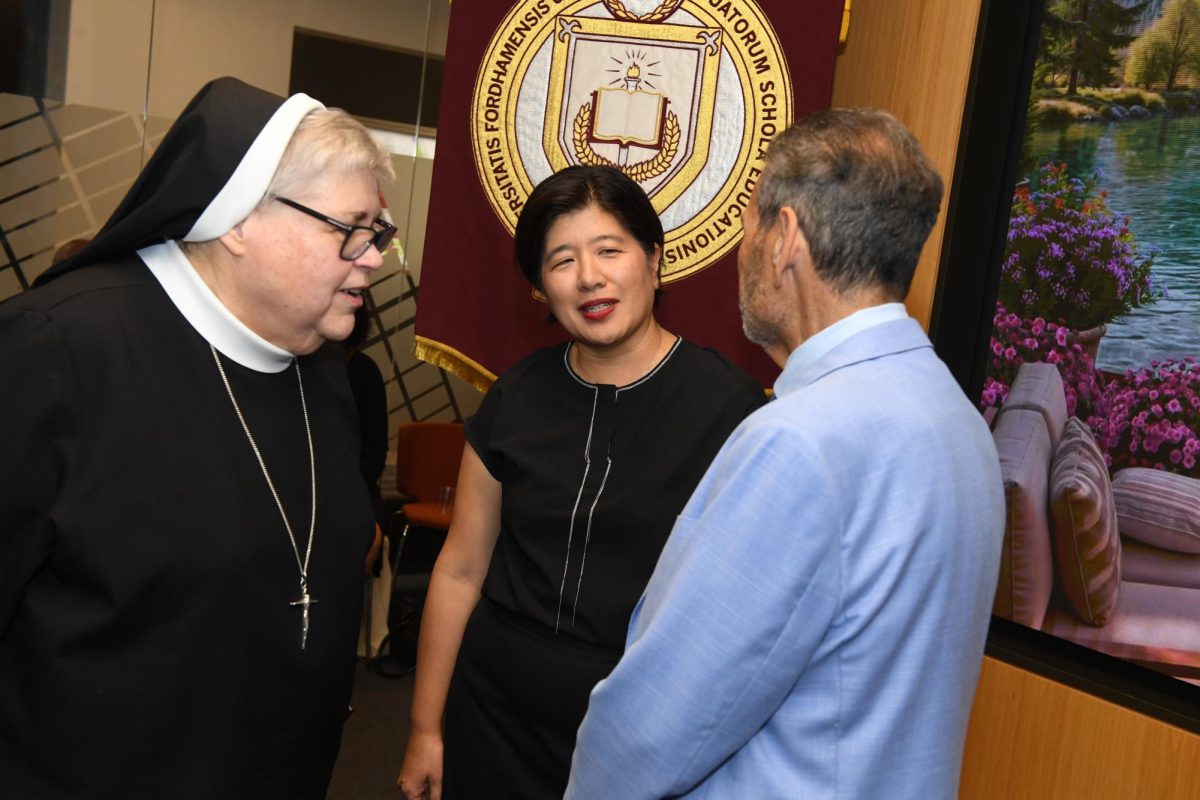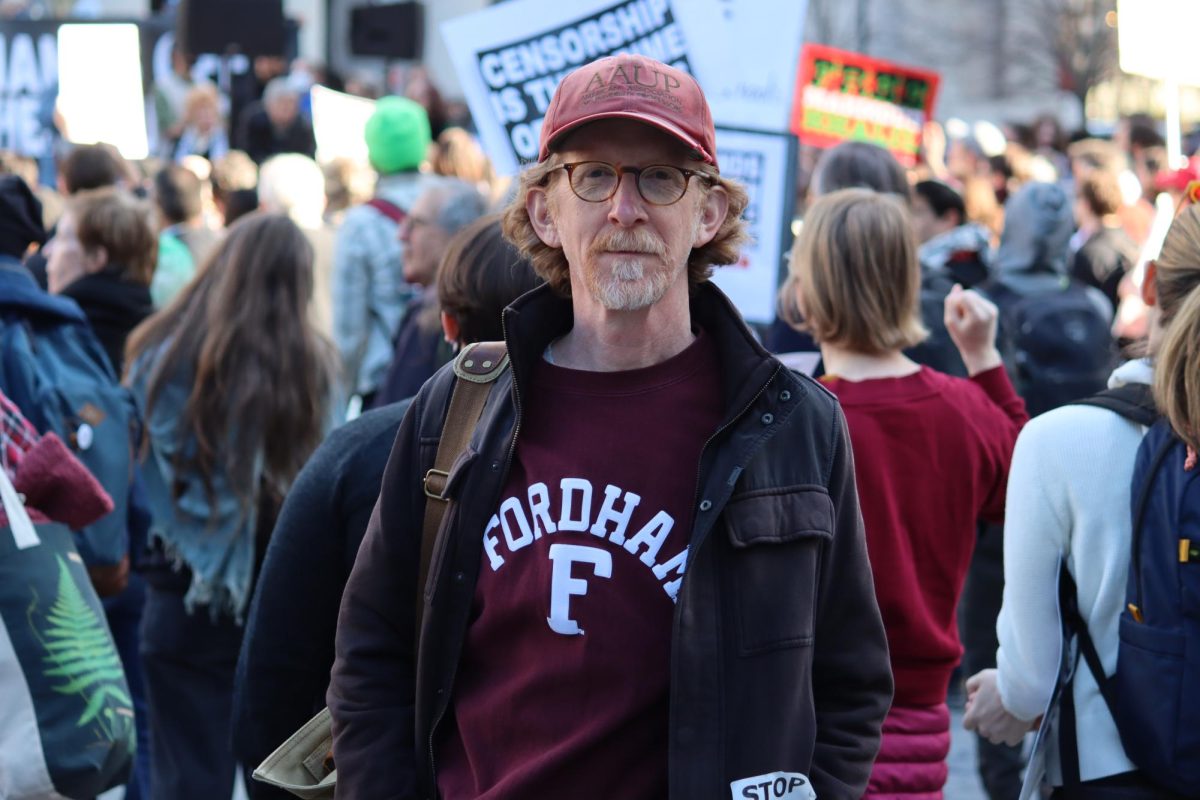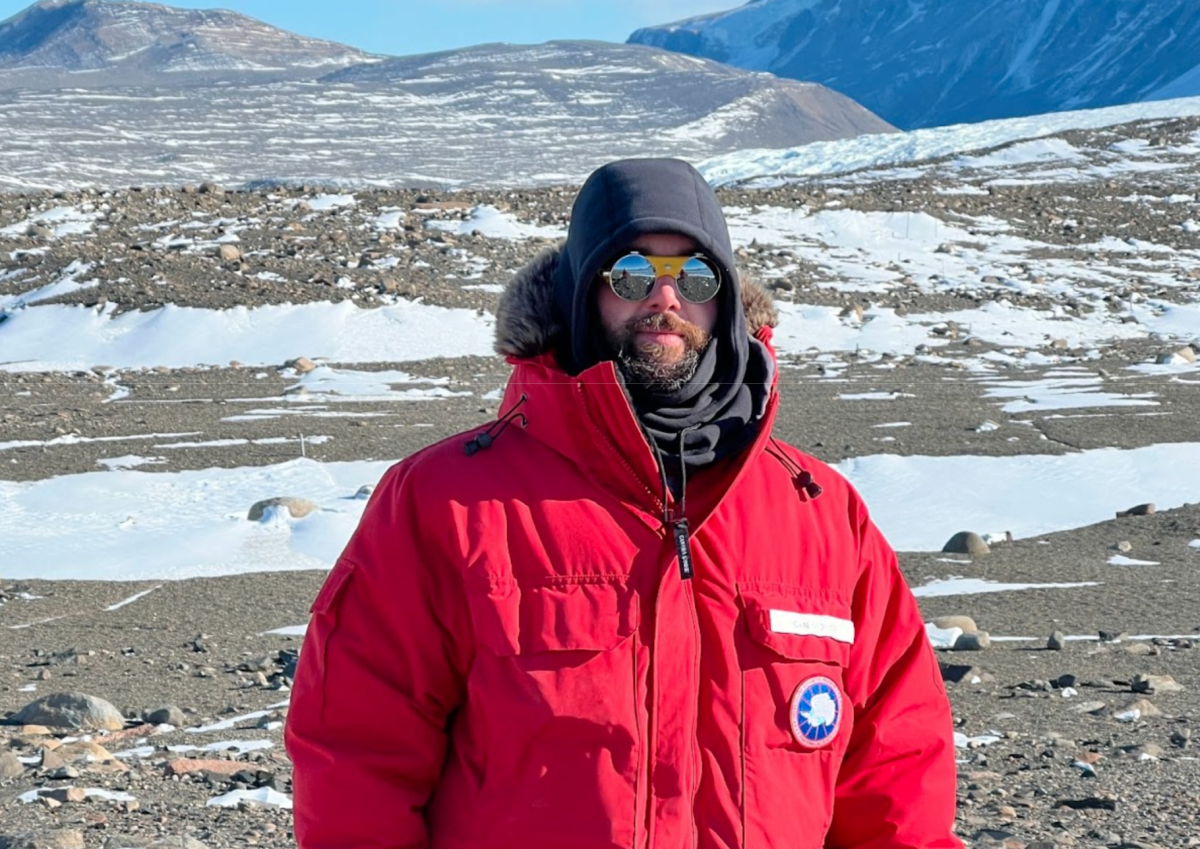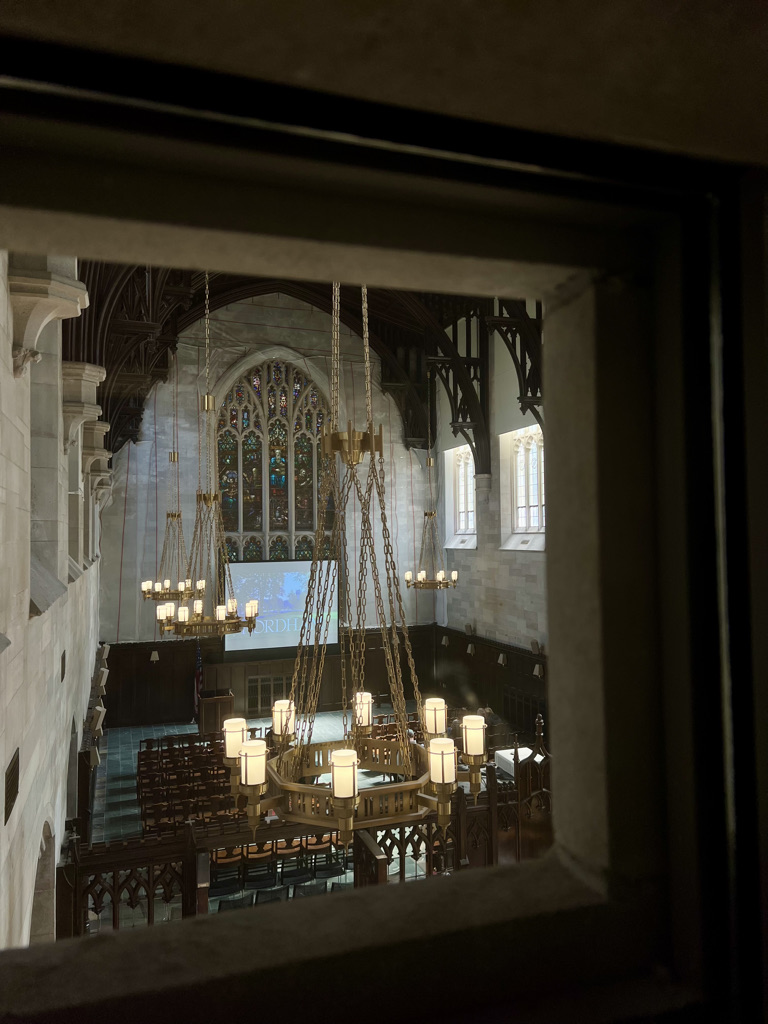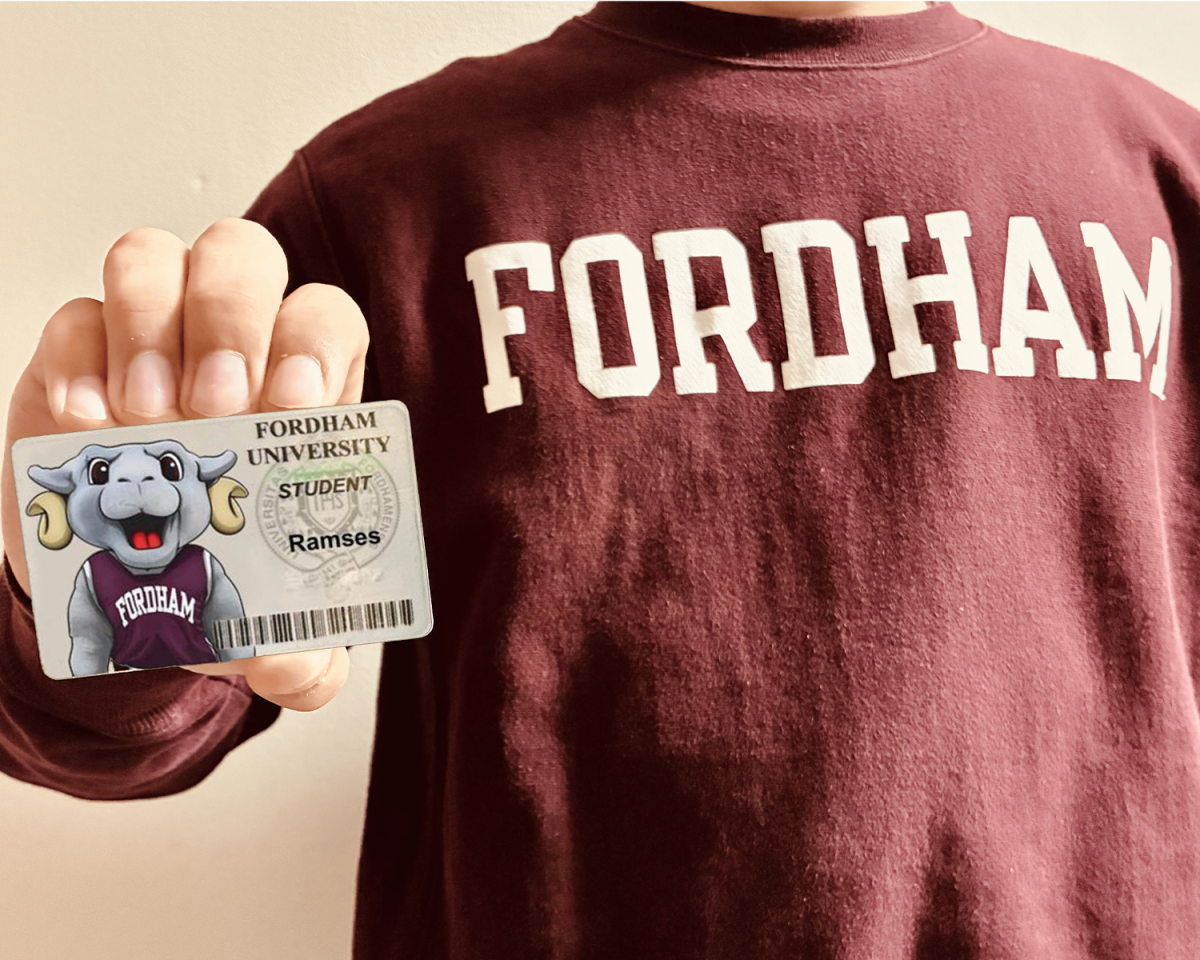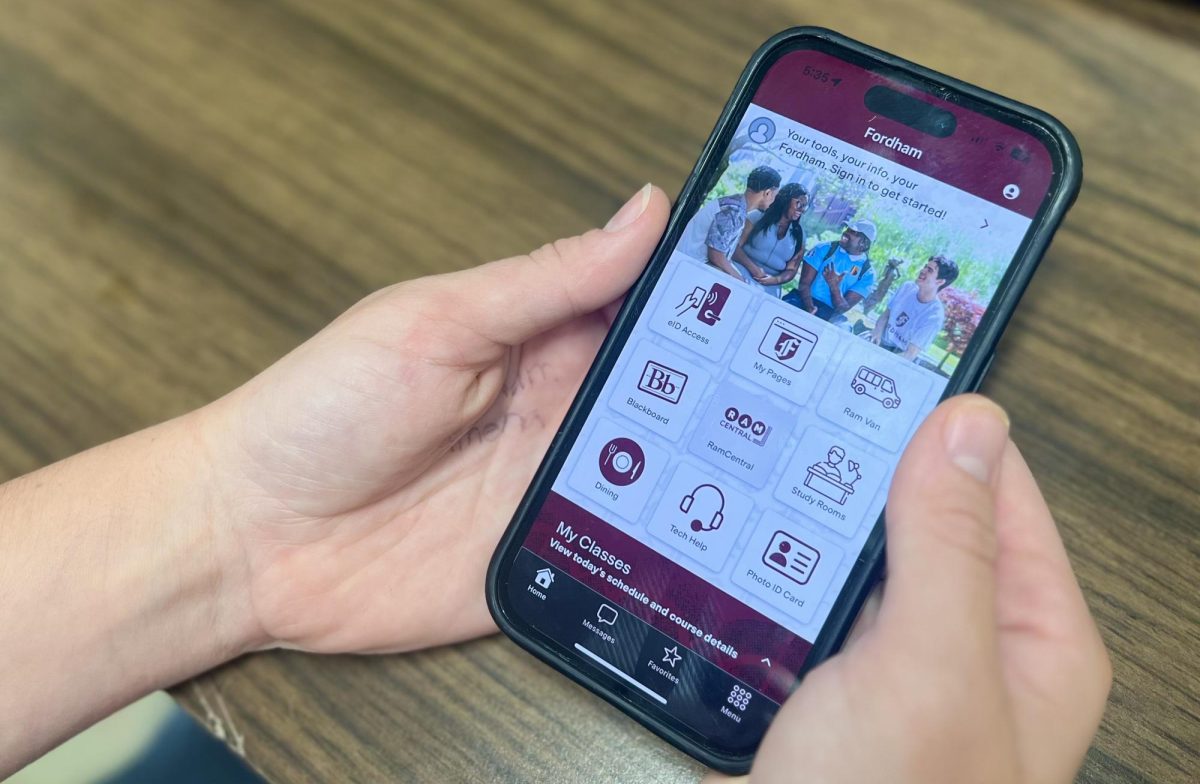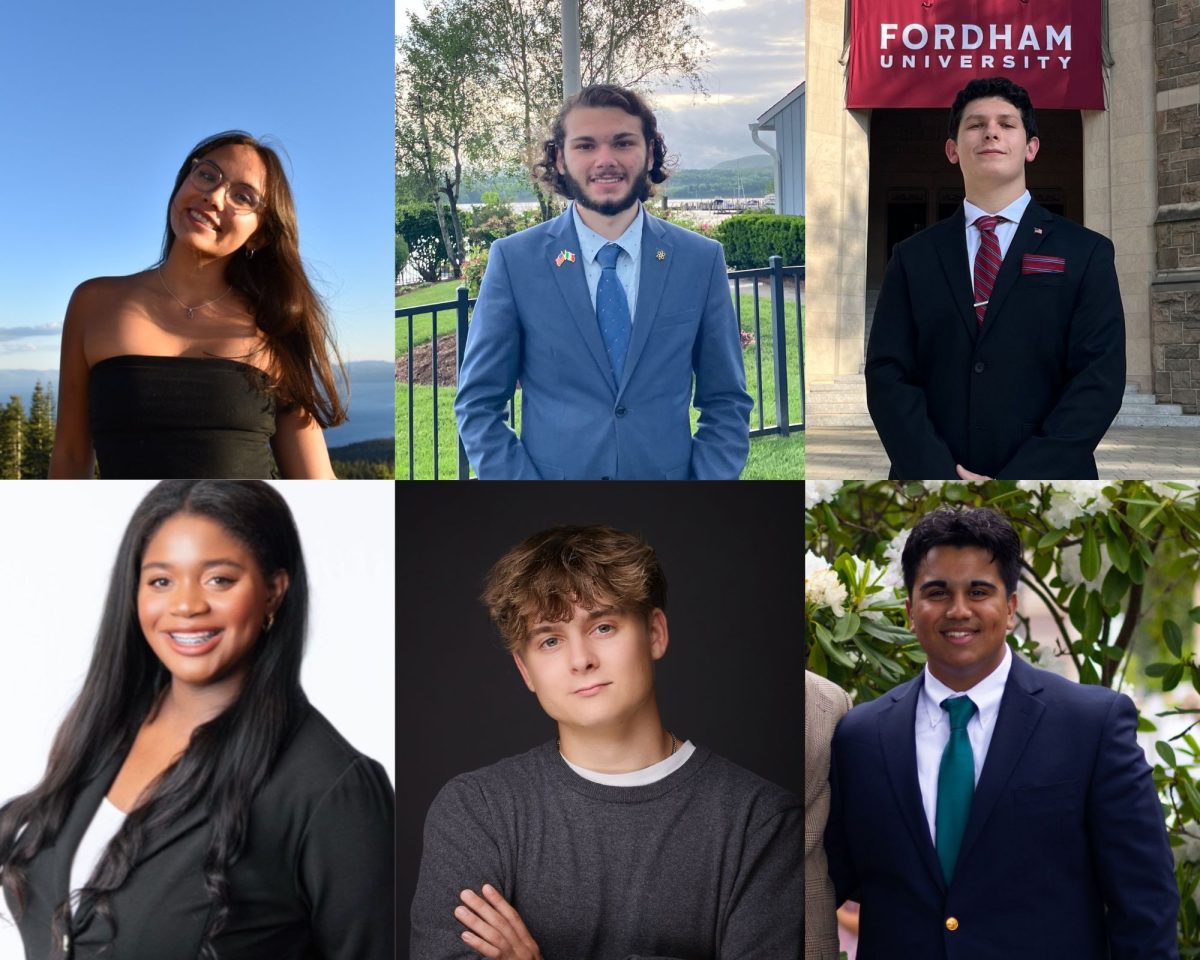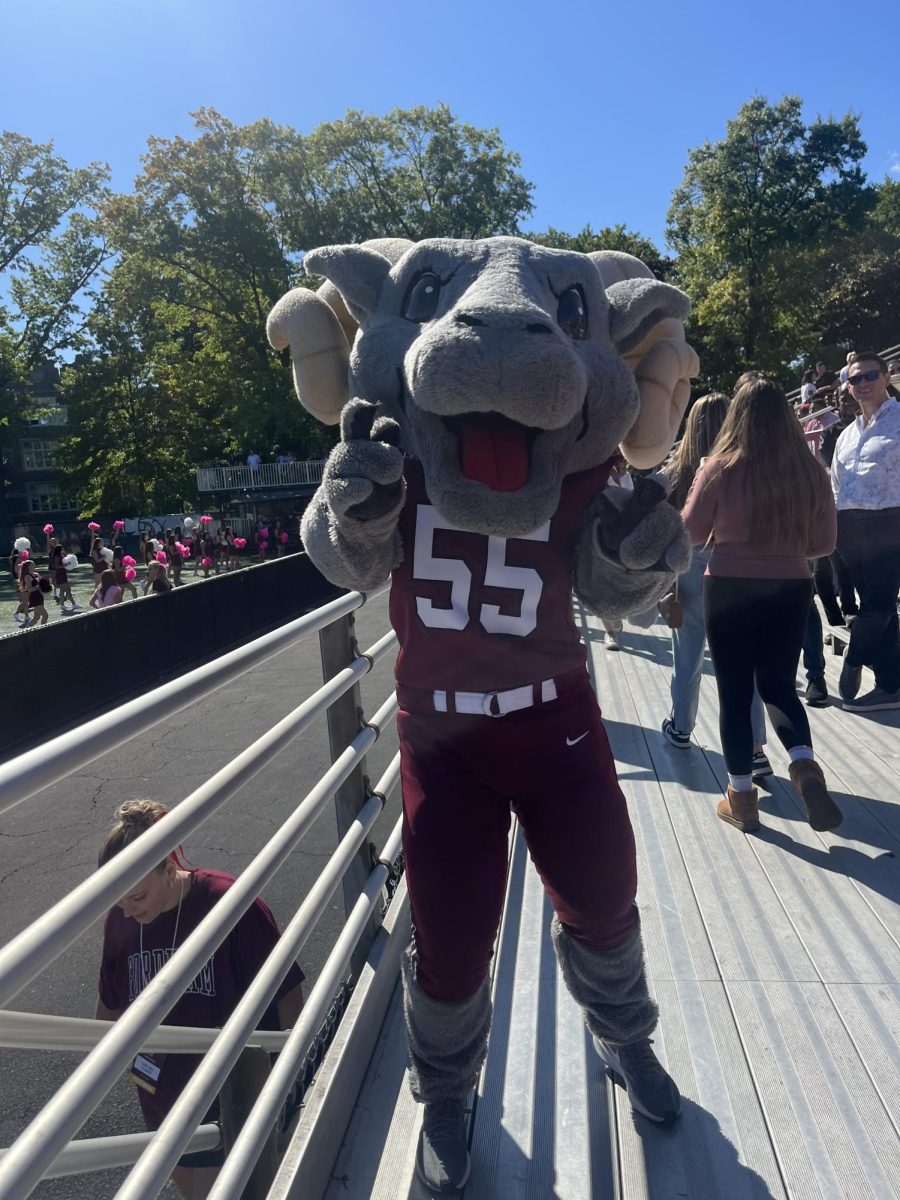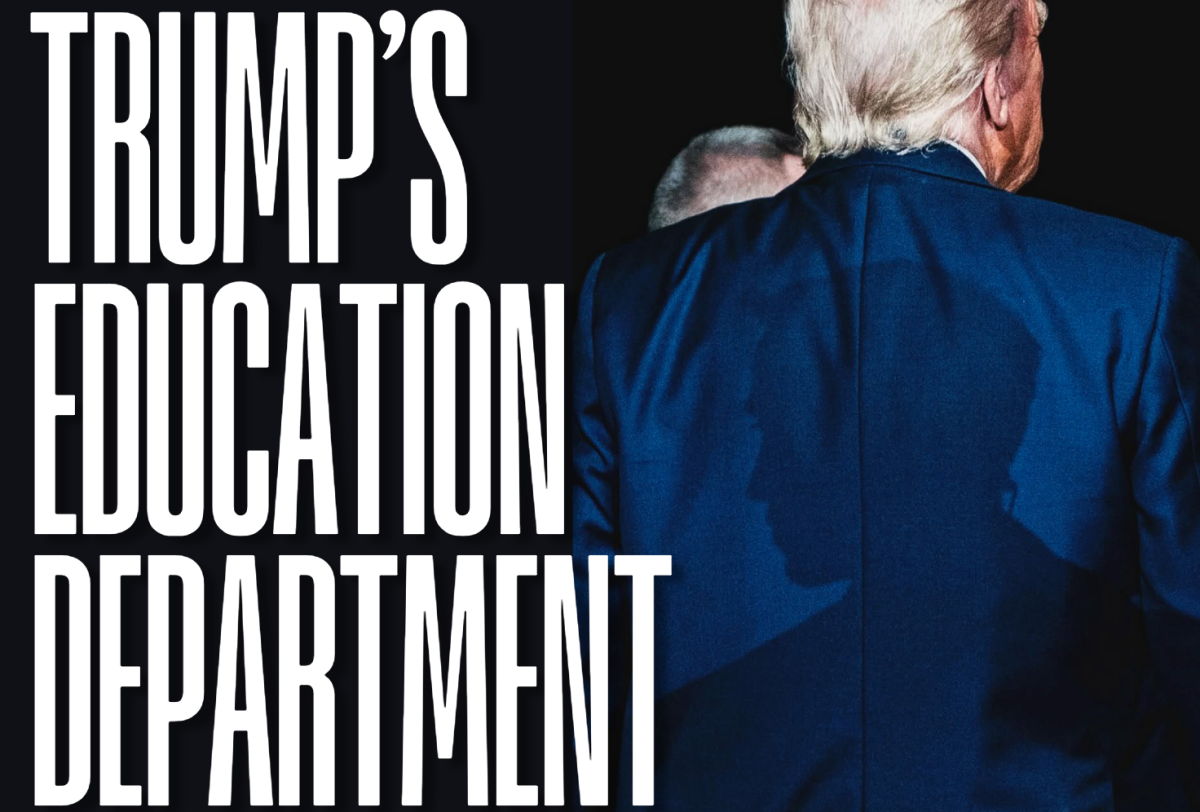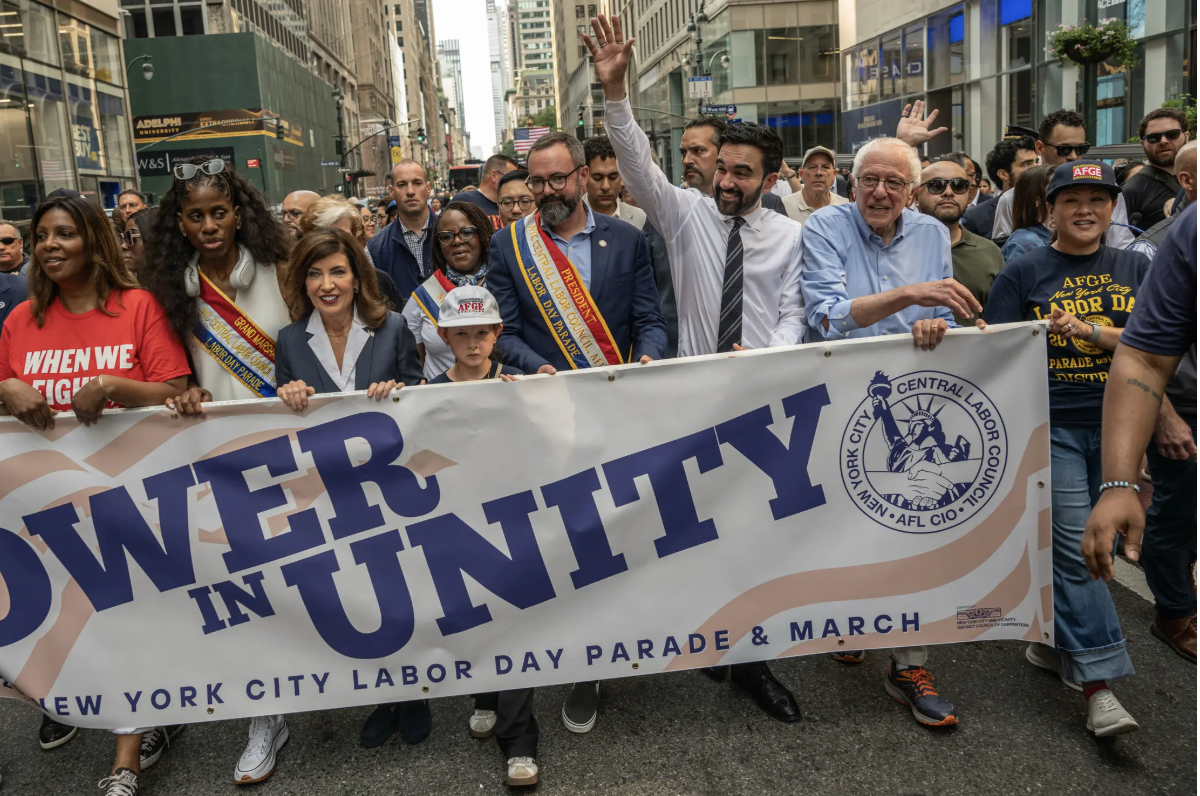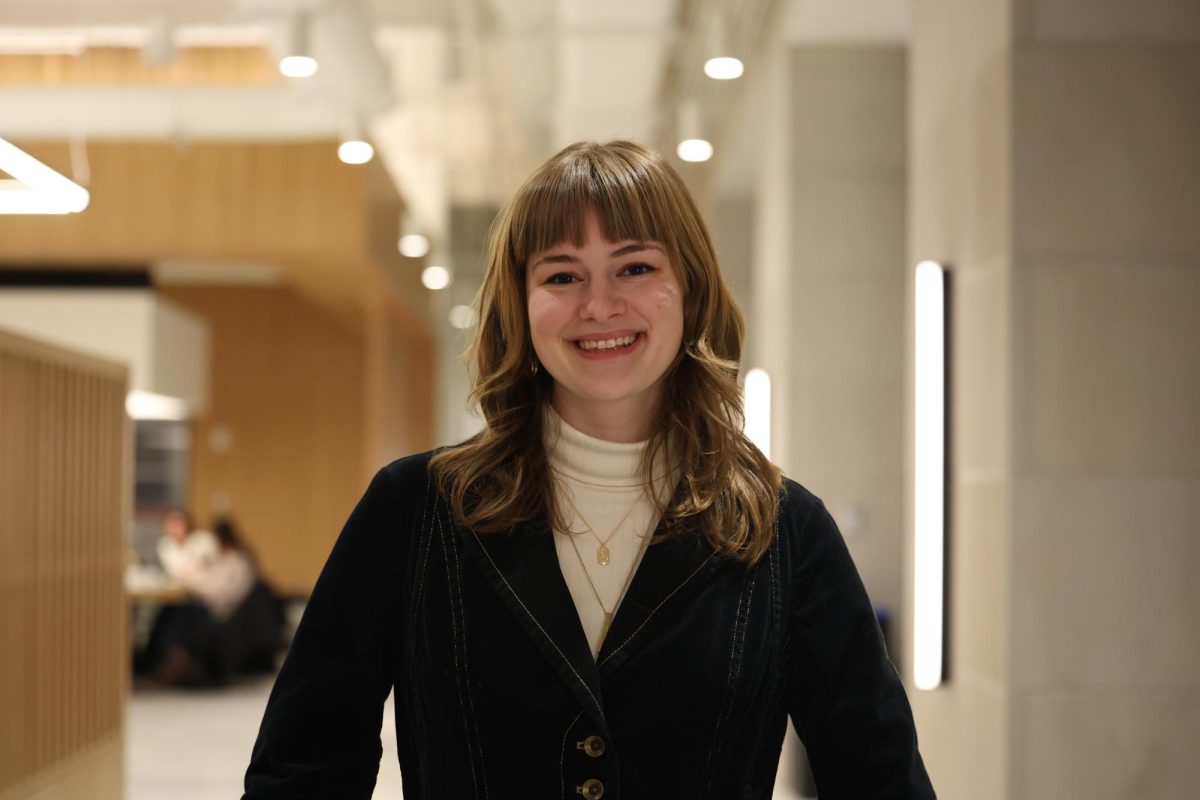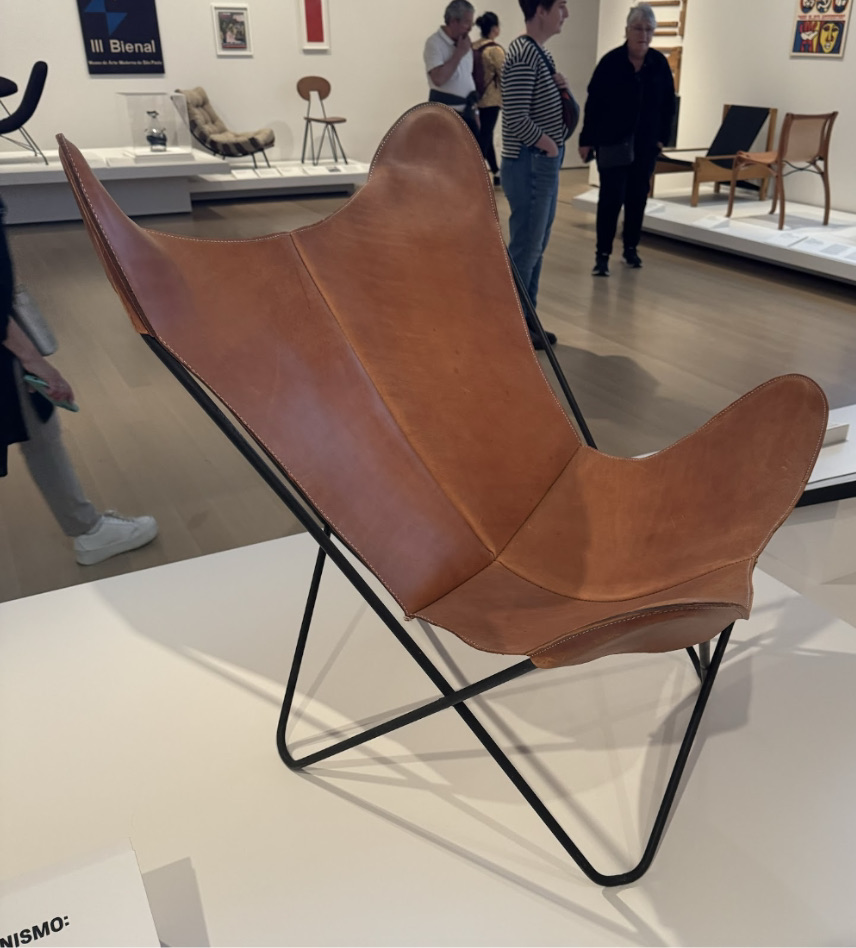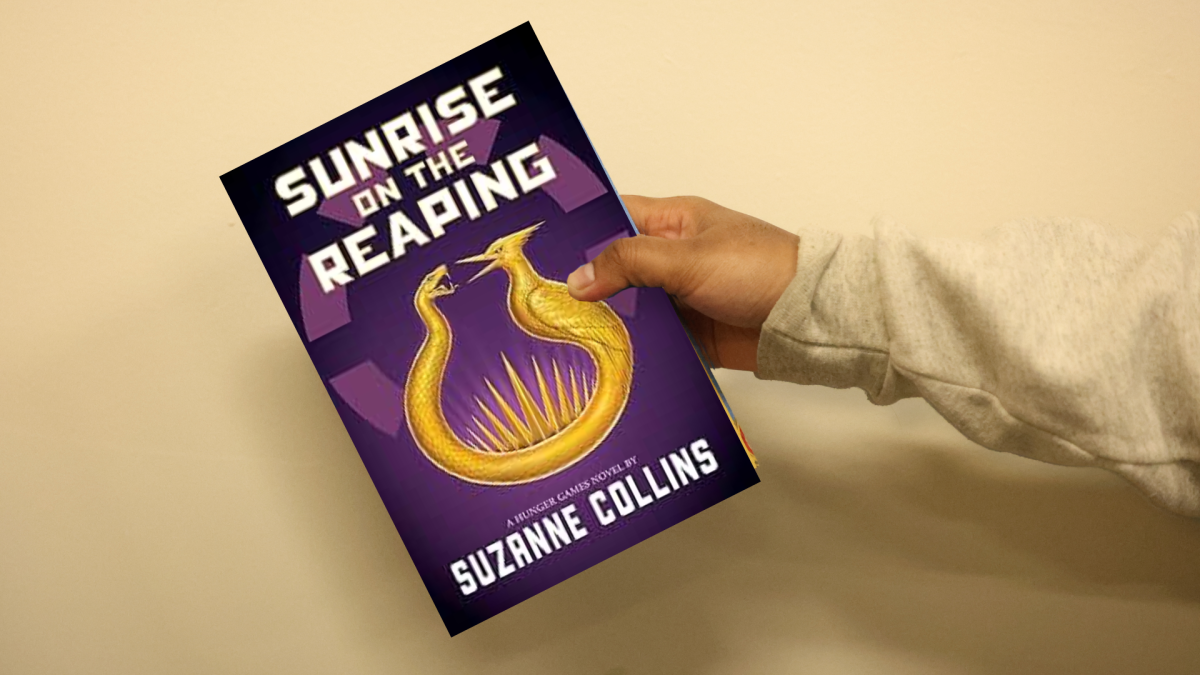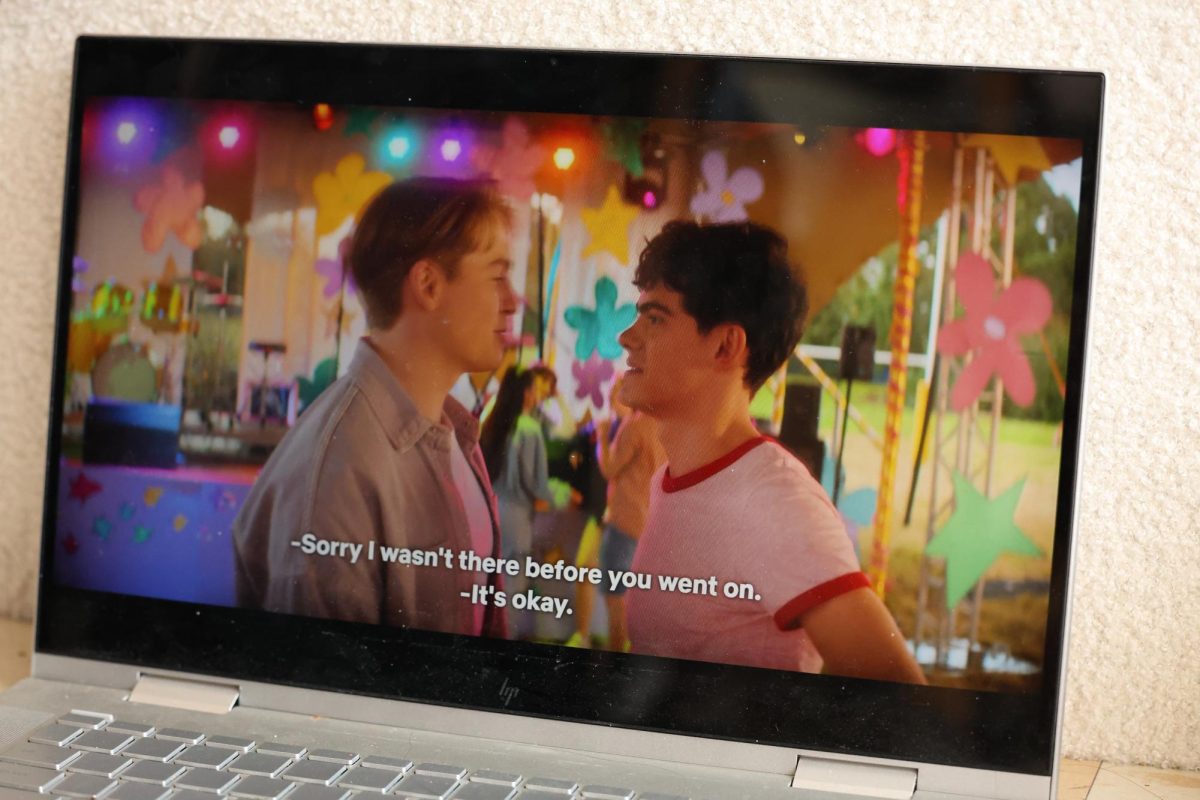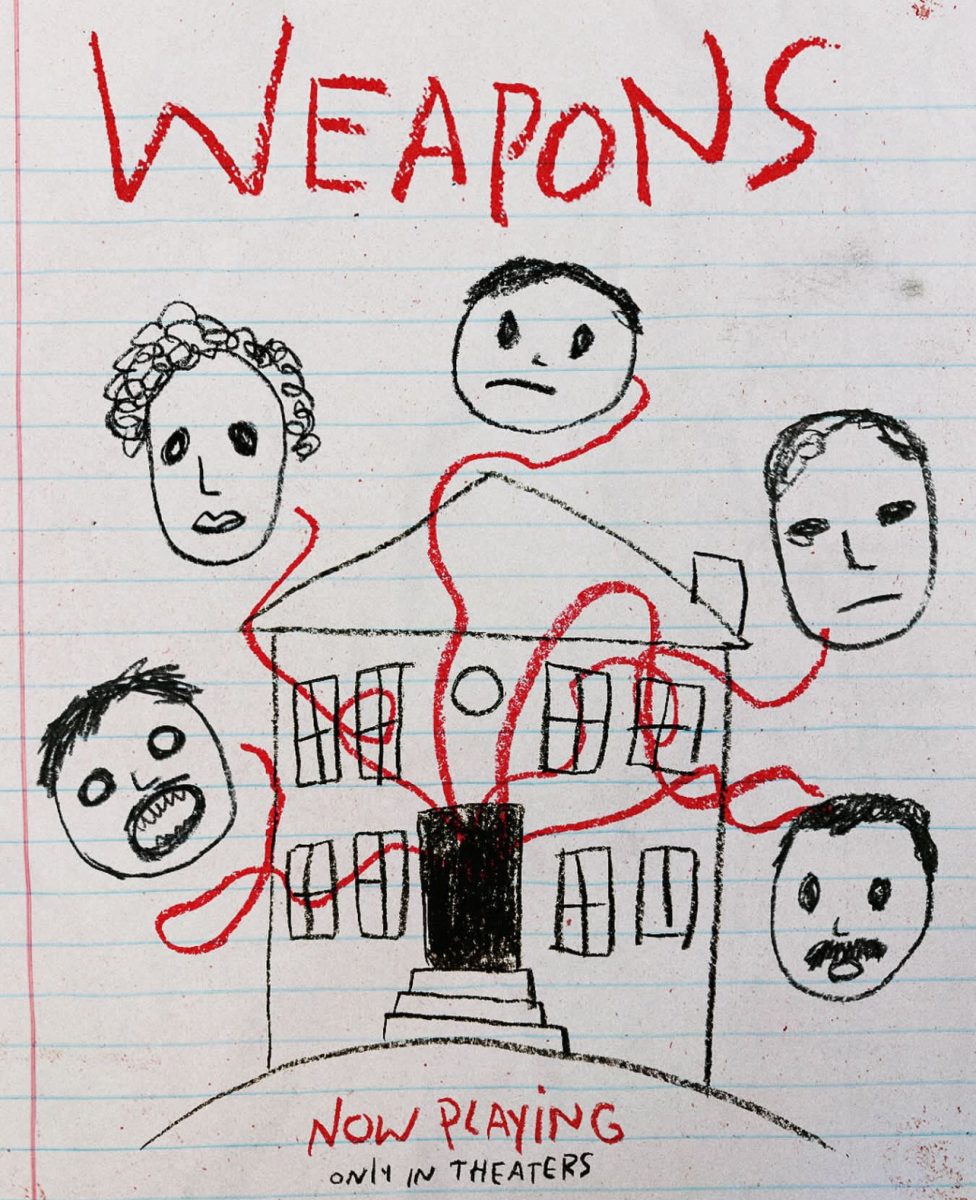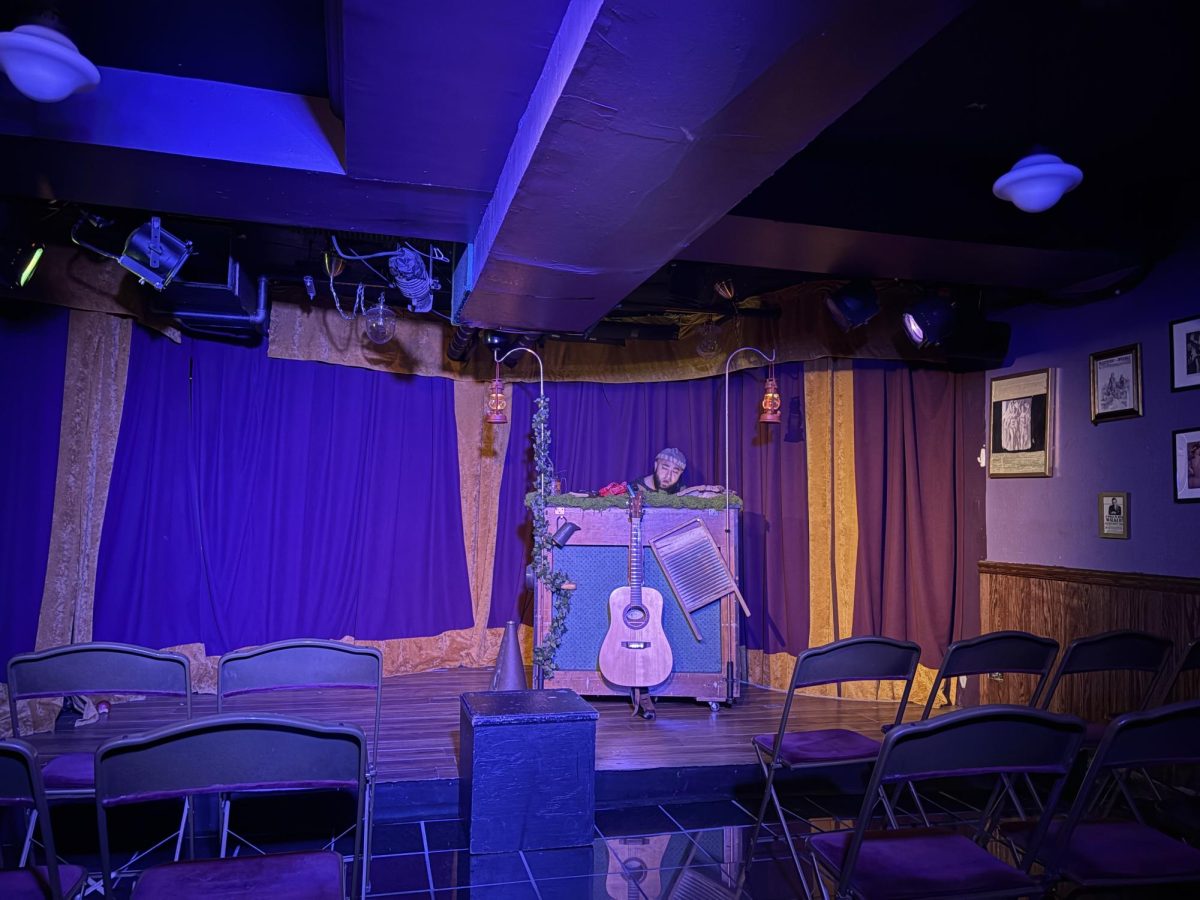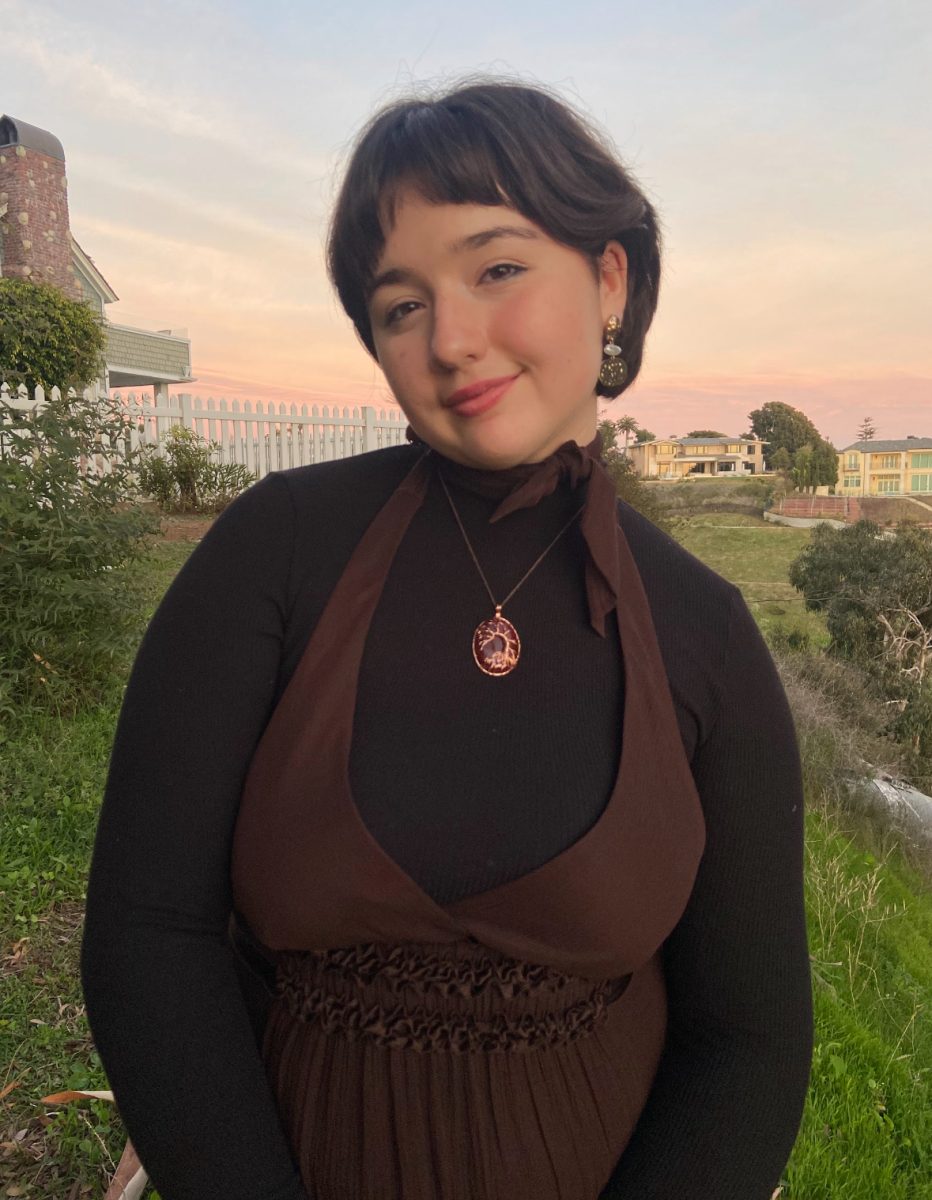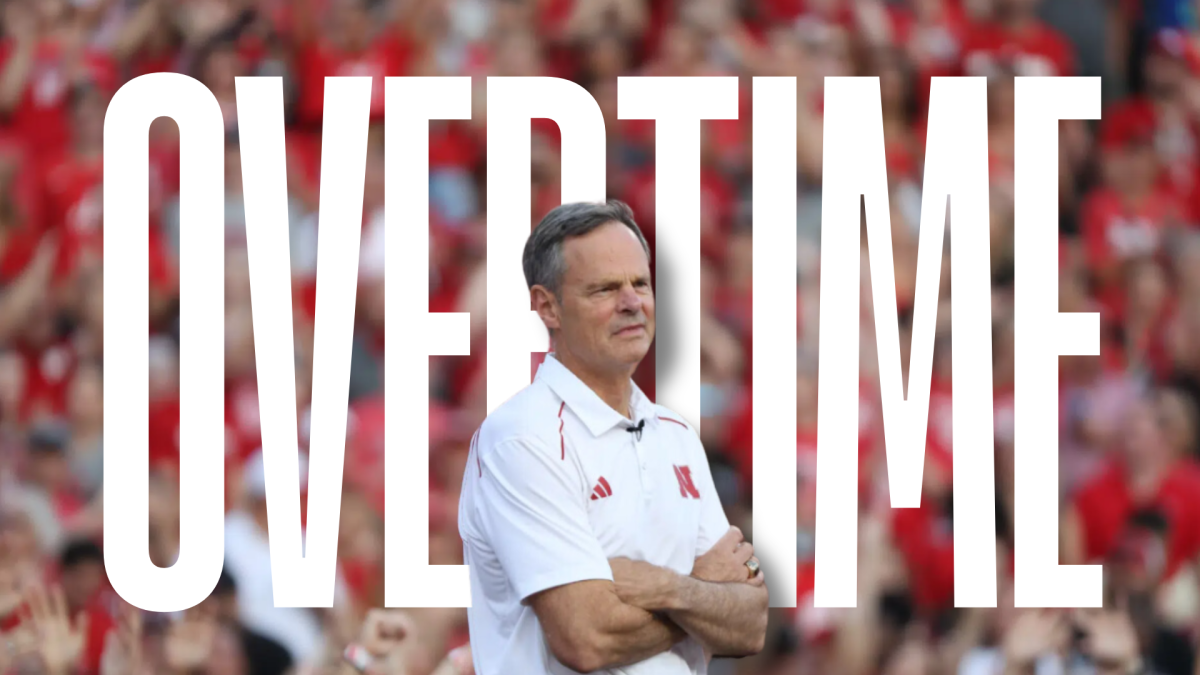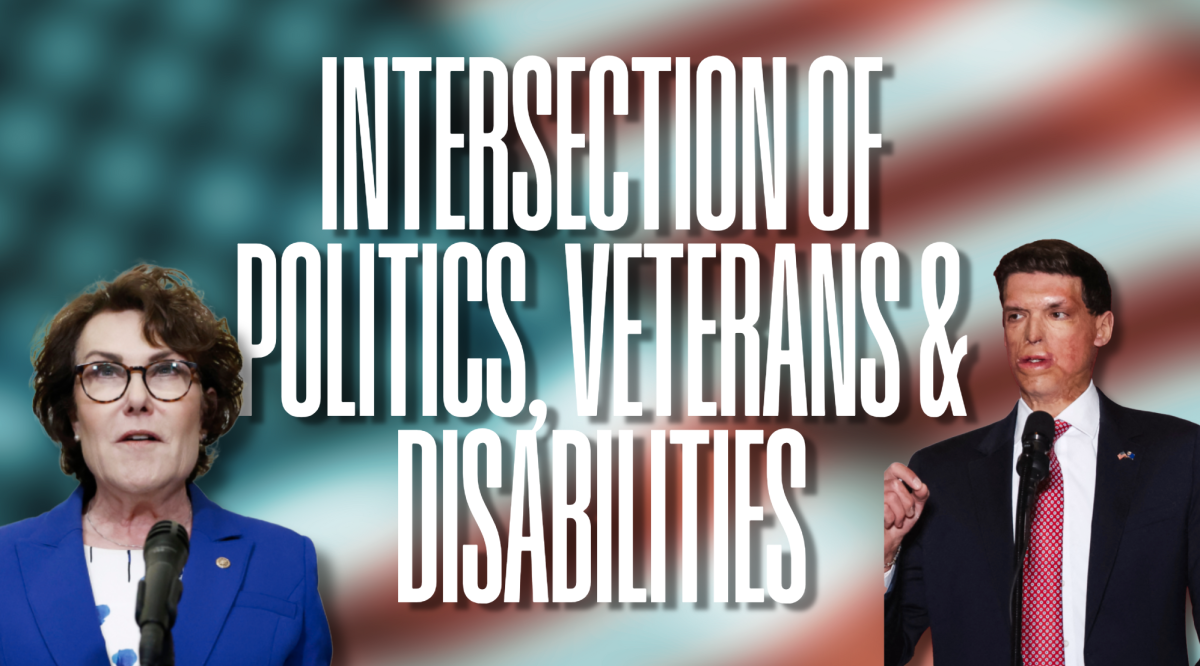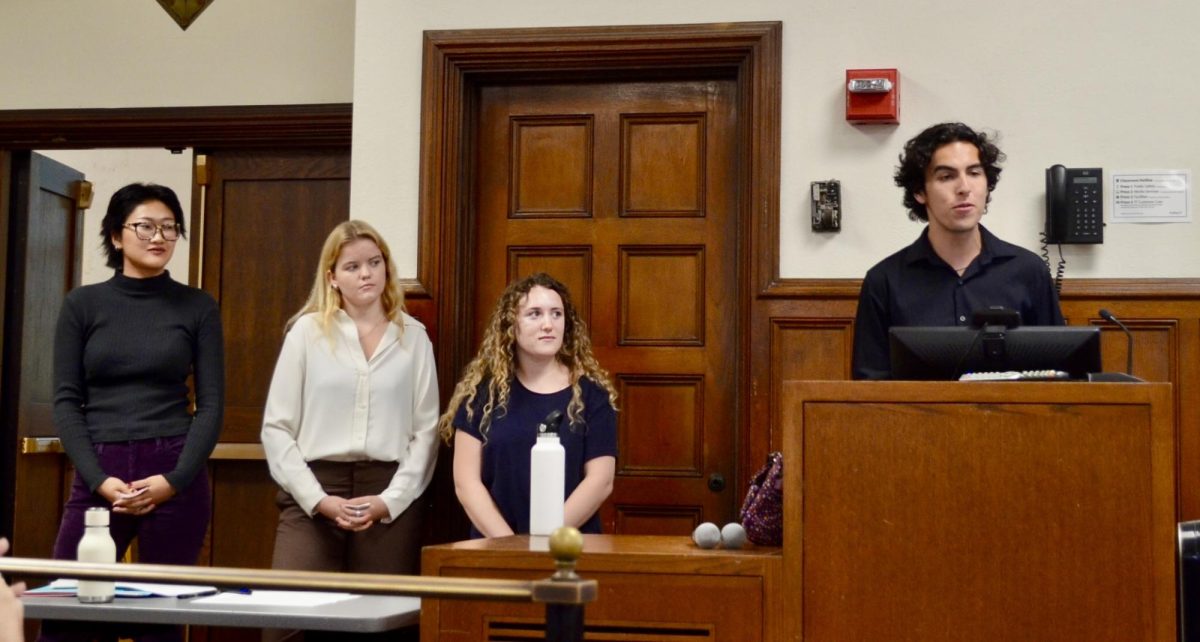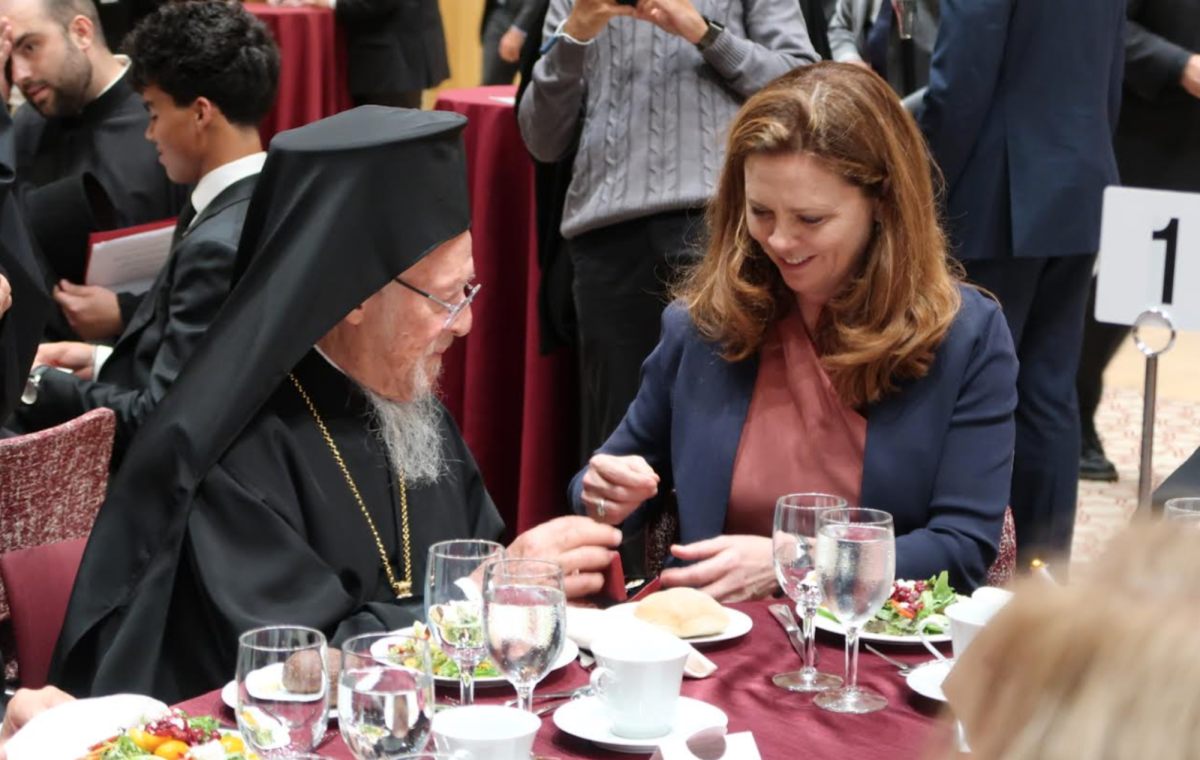By Maia Balce

Fordham University Assistant Vice President for Academic Program and Planning and Development Ariel Fishman Ph.D, gave a talk about disability at Tognino Hall on Wednesday. Fishman knows about disability first-hand, as he is disabled himself. He shared his personal experiences about what it means to be disabled and its influence on personal identity, as well as other aspects of identities like race, gender, sexual orientation and nationality.
“The term ‘disability’ is simply the definition of what you are not,” Fishman said.
Fishman walked to the front of Tognino Hall wearing a navy blue long-sleeved striped shirt and shorts that showed his red and blue prosthetics. The audience gave him a round of applause before he started his talk.
On March 30, 2012, Fishman took his three children to their respective schools. At exactly 8:19 a.m. Fishman pulled up to the second school to drop one of his kids off and hopped out of his car to get something from the trunk. He stood behind his car as a taxicab came towards him. The driver did not see Fishman was there until he fell to the ground upon being struck. Someone quickly called an ambulance.
“I knew both my legs were broken, but I didn’t know how serious they were,” Fishman recalled.
The injuries were so serious that Fishman fell into a coma for a few days. He spent the next three weeks in the hospital getting surgery, having his right leg amputated and recovering. After being released from the hospital, he spent the next five months in a wheelchair, and after six months, he was able to receive physical therapy, get measured for a prosthetic and then get up on crutches.
By March, just a few days before the one year anniversary of getting hit by a taxi, his left leg broke again. Because it did not heal well after the accident, it had to be amputated.
Fishman described disability as being contextual.
“I don’t wear prosthetics when I’m swimming, people can tell I’m disabled then,” Fishman said.
He spoke on the differences between disabilities and how they are perceived by others.
“Disability can be visible, which assumes other people can see it, but also invisible, which is the less catchy type of disability,” Fishman said.
He gave the examples of not knowing that someone has a speech impairment unless you talk to them or not knowing that someone is in a wheelchair if you are talking to them over the phone because those are things you do not immediately perceive.
Fishman shared the changes that had to be made in his life when he became disabled and he discussed what it is like to have prosthetic legs.
“Walking around with prosthetic legs all the time is like wearing ski boots,” Fishman said. “You have no control of your ankles, they are very stiff.” He added that the human ankle can bend when it needs to or be stiff when it needs to, but prosthetics cannot.
Fishman said there are also aspects of his disability that he could never explain.
“After your leg is amputated, your brain still thinks it is there,” Fishman said. “Sensations of my foot are still there even though I don’t have a foot.”
Fishman said that people can never fully understand what it is like to have a disability until they actually experience it. A person cannot put on a blindfold for a day and know what it is like to be blind or try a wheelchair for a couple of hours and know what it is like to be in a wheelchair.
“The best way to understand what it must be like is to think of the things that you are familiar with that have nothing to do with disability,” Fishman said. “There are some commonalities.”
Fishman said that he believes demographics help in better understanding those that are disabled. This includes race, gender, sexual orientation, nationality and language. He likened trying to understand the experience of someone with a disability to trying to understand the experience of someone who speaks a different language.
Fishman compared visible disability to gender and race because it can be perceived just by seeing the person. On the other hand, he compared nationality and religion to invisible disability as it is something one would have to ask the person to know.
Fishman also said disability creates a unique way of understanding intersectionality. He said that his experience as a disabled man is different from a disabled woman.
“For me, it’s my masculinity. My wife has to be the one carrying the suitcases,” Fishman said. “I can’t open the door for somebody because I can’t open the door myself and when I’m sitting in the subway I don’t get up for somebody else,” Fishman said.
Fishman tied all these experiences on disability back to Fordham University and its Jesuit tradition. He talked about St. Ignatius of Loyola, who went off to battle and discovered religion. Fishman said he relates to this, as St. Ignatius also broke both of his legs in a traumatic injury and had multiple surgeries. Instead of being self-sufficient and doing what he wanted, St. Iganatius was stuck in bed all day.
Fishman said the Jesuit tradition emerged because St. Ignatius spent much of his recovery time in bed reading about saints, which instigated his religious experience.
“To go from being an independent person to just being in bed, where you can’t function from the waist down and you can’t go anywhere, it transforms you and it makes you think,” Fishman said.
Fishman said tradition was also inspired by all the people, like nurses and doctors, who dedicate their lives to serving others, and inspired him to do the same.
“For Ignatius to have taken that experience, which I feel like isn’t that different from my own, and created the movement on which this institution was founded, was a blessing,” Fishman said.





